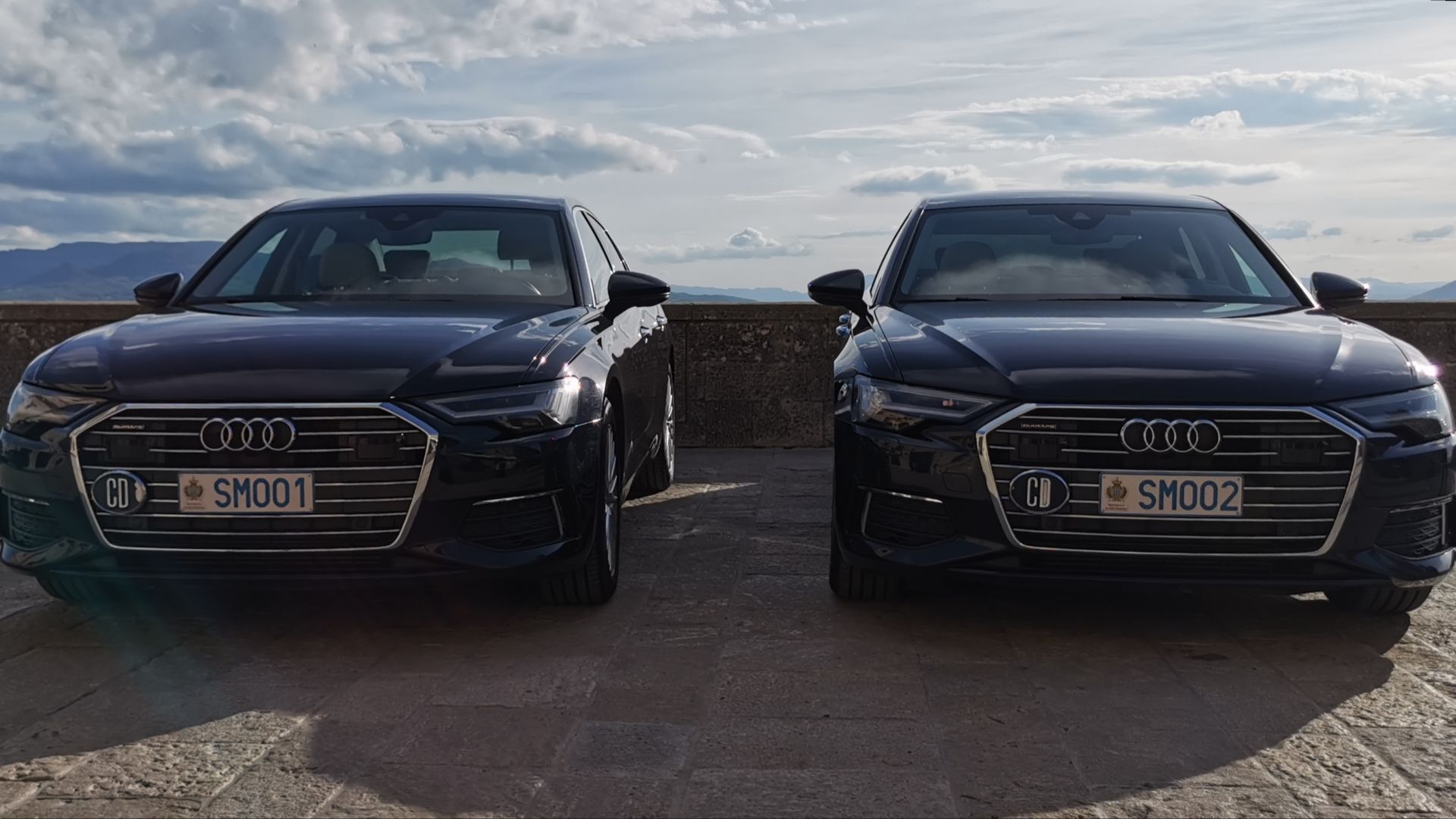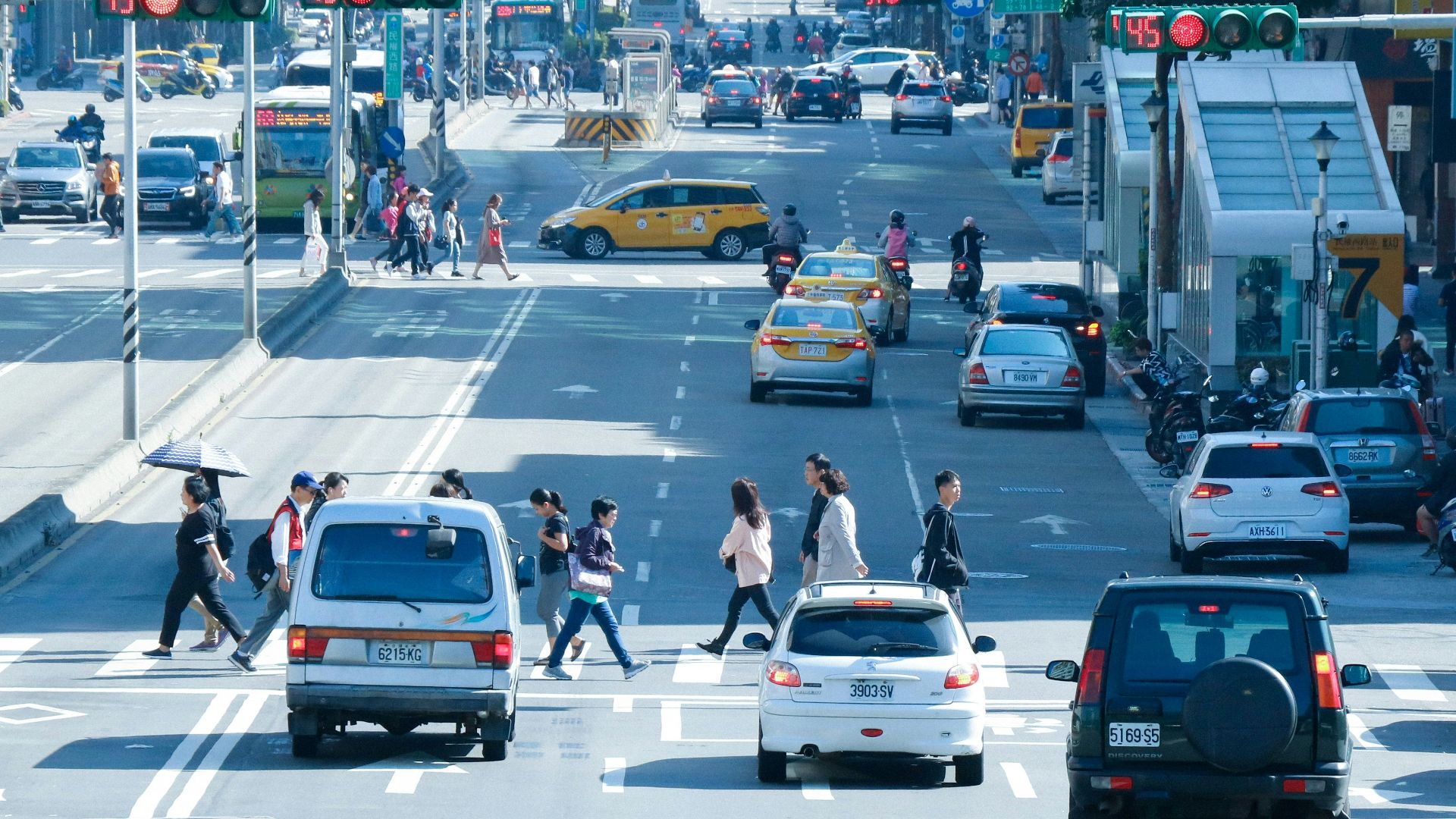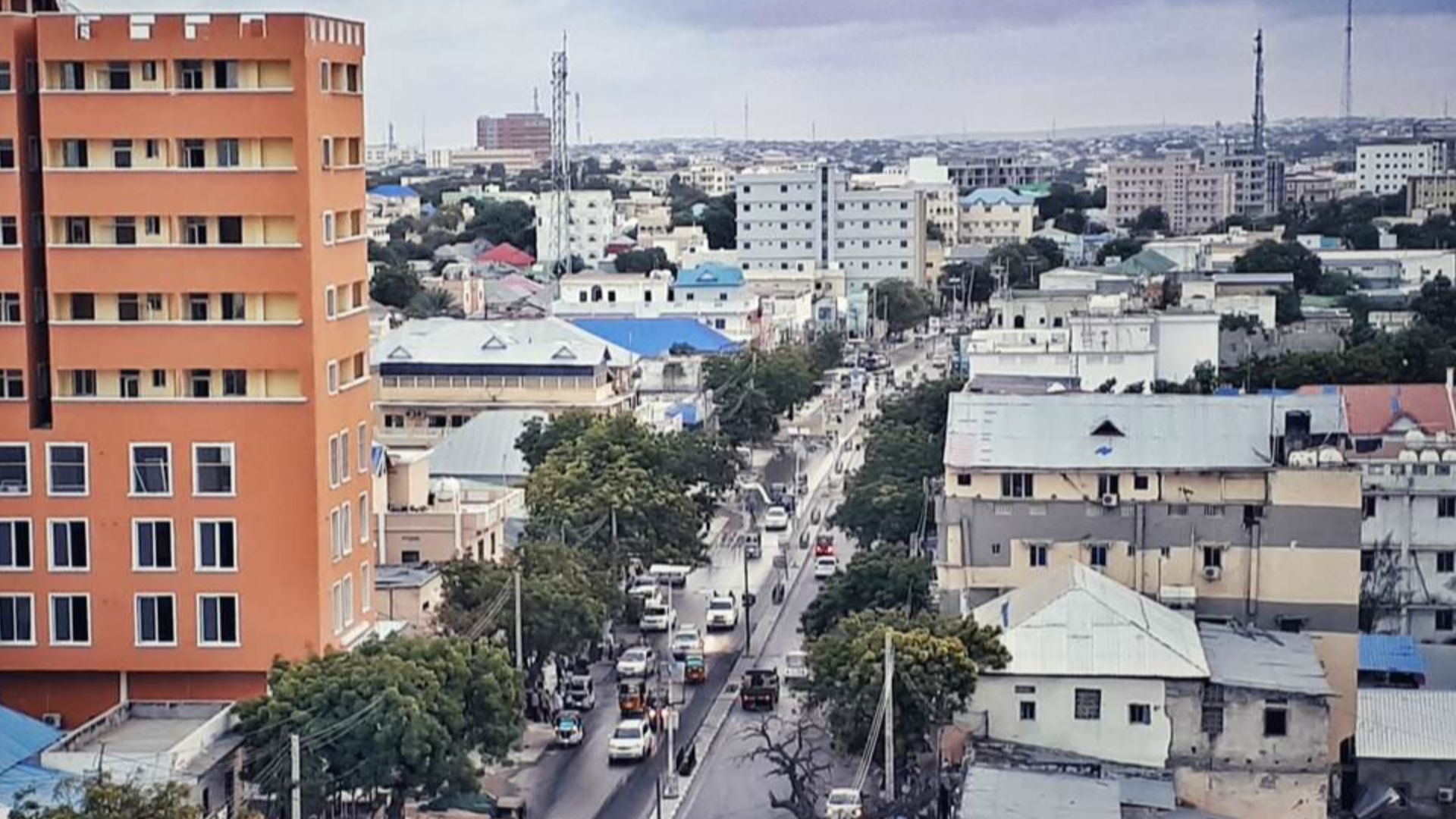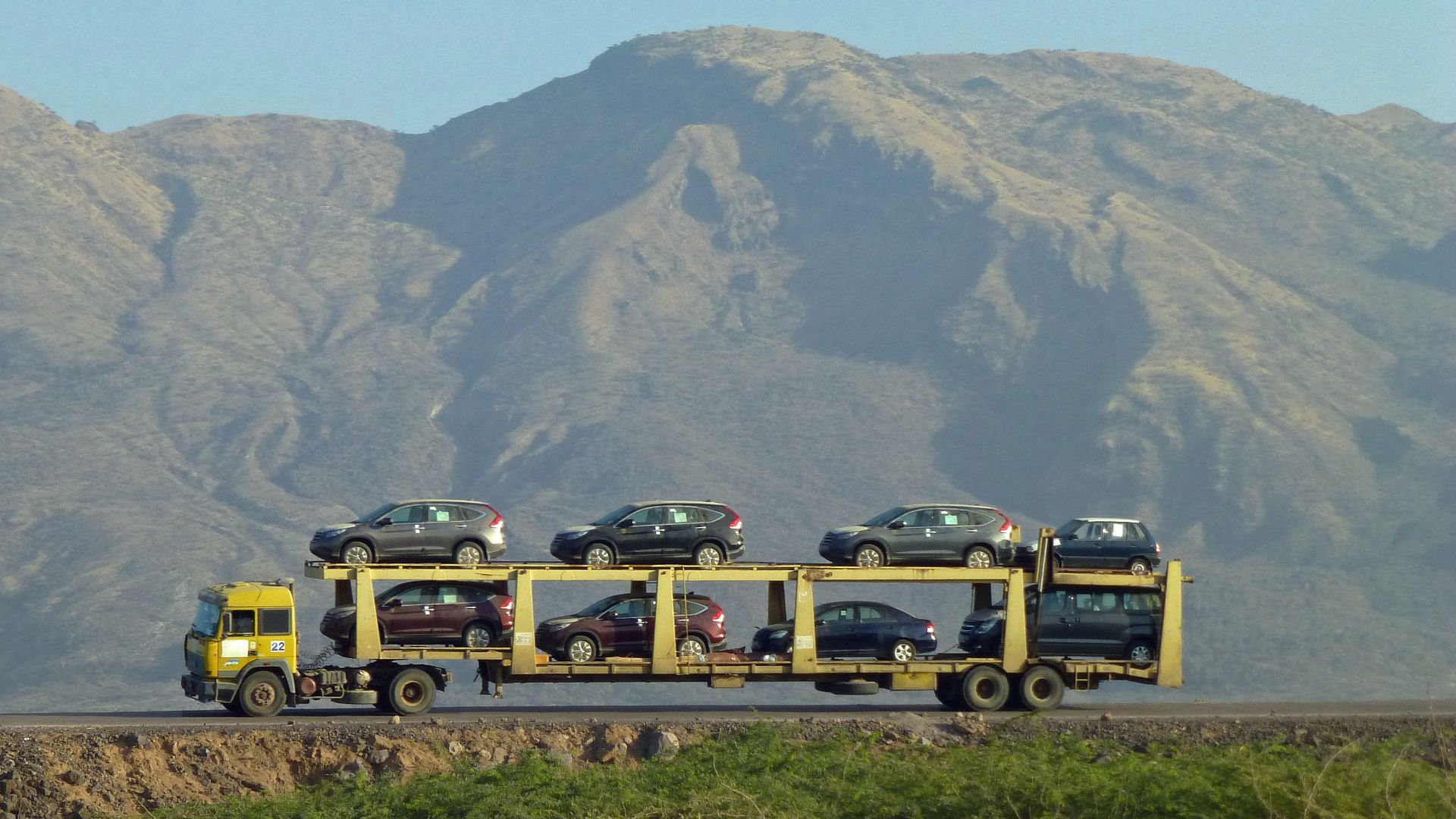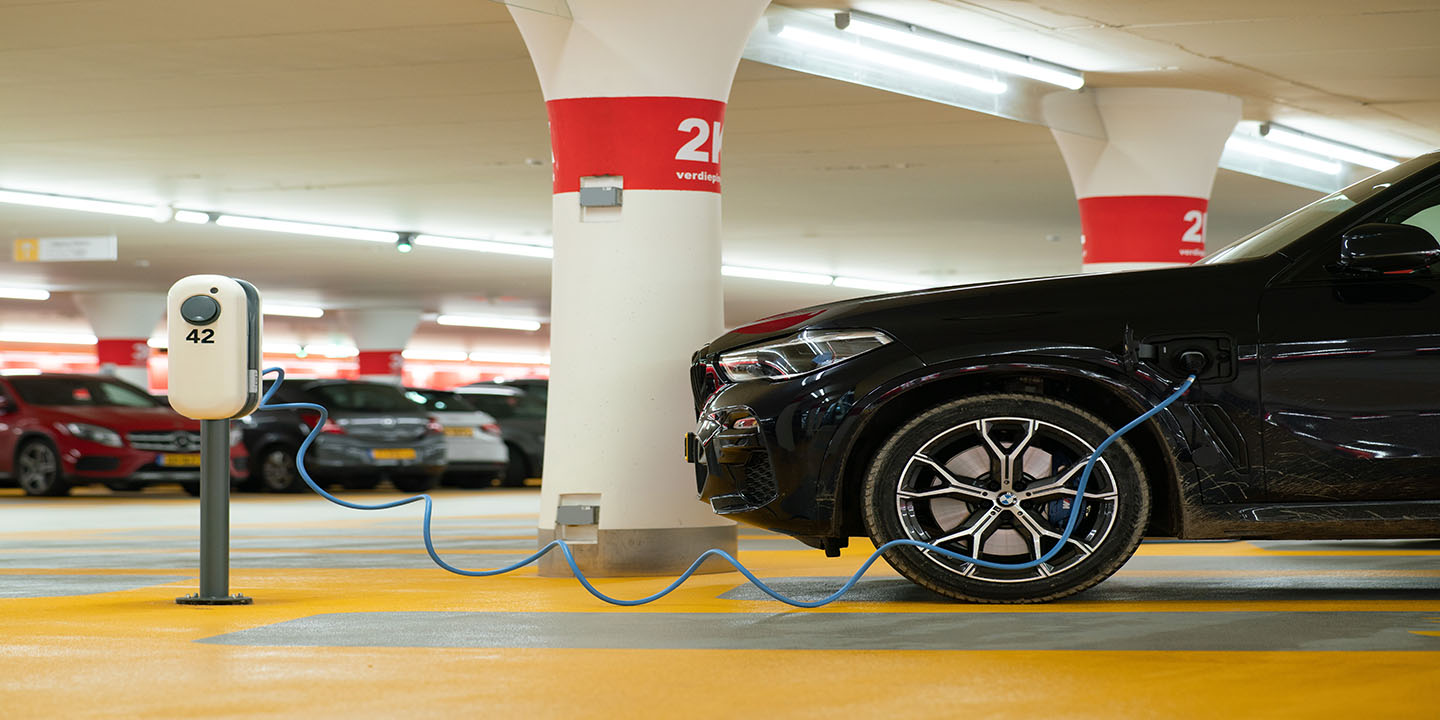Have Wheels, Will Travel
While we may think of the US as a car-focused country, official car ownership statistics might surprise you. On the other hand, the countries with the fewest cars aren't surprising at all. We used numbers from the UN Statistics Division to find the top 10 of each.
1. San Marino
This landlocked microstate is a country with more cars than people! San Marino has 1606 cars per 1000 people. This isn't because they're lazy, but because each person in a household typically has their own car.
2. Andorra
Like San Marino and other microstates, Andorra is a tax haven with a stable economy, making car ownership very feasible. The mountainous terrain also makes driving preferable to public terrain. Andorra has 1214 cars per 1000 people.
 Denys Kostyuchenko on Unsplash
Denys Kostyuchenko on Unsplash
3. Liechtenstein
Similarly, Liechtenstein lacks major public transit and has a large commuting population. As there is no airport, driving is the easiest way in and out of the country. Liechtenstein has 1068 cars per 1000 people.
4. Taiwan
Taiwan is the first country on this list to have fewer cars than people, though not by much with a ratio of 991:1000. Cars are closely linked to status in Taiwan, with some people owning multiples vehicles such as a car and a motorcycle. Taiwan also has a strong domestic auto industry, making cars easy to come by.
5. New Zealand
With a 939:1000 vehicle to person ratio, New Zealand has one of the oldest and least efficient car cultures in the world. While metropolitan areas such as Wellington and Auckland have public transport systems, they tend to be poorly designed. With this in mind, it's no wonder why Kiwis don't take the bus.
6. United States
You can't talk about car cultures without talking about America. With an average of 850 cars per 1000 people, this ratio isn't exactly surprising given the size of the country. So long as high-speed rail remains low on the list of priorities, car culture will reign supreme.
7. Malta
A popular tourist destination with a unique culture, Malta has 823 cars for every 1000 people. An average of 27 new cars hit the Maltese roads every day. This high density mixed with narrow streets makes for diabolical traffic.
 Hamelin de Guettelet on Wikimedia
Hamelin de Guettelet on Wikimedia
8. Luxembourg
Luxembourg frequently ranks among the wealthiest countries in Europe. The combination of low automotive taxes and a high GDP make for a car lover's paradise. Luxembourg has 818 cars for every 1000 people.
9. Brunei
Brunei is a small Southeast Asian country rich in oil as well as cars. Brunei has more cars than people, though, confusingly, the ratio is 805:1000. 7000 of those cars belong to the Sultan, who has the largest private car collection in the world.
10. Iceland
If we've learned anything from this list, it's that small countries, rather than large ones, have the highest rates of car ownership. Thanks to urbanization and limited public transit, Iceland is one of the most car-heavy countries with 779 cars per 1000 people. Around 14% are electric.
Now that we've covered countries with the most cars, let's look at those with the fewest.
1. North Korea
Unsurprisingly, North Korea has the lowest rate of car ownership in the world with only 1 car for every 1000 people. Automotive production in North Korea is focused on military and industrial might. The majority of the population is unable to afford a car.
2. Somalia
The unstable political situation in Somalia makes it unsurprising that car ownership is low. Somalia has a car ownership rate of 4.5 cars per 1000 people due to factors such as widespread poverty and poor infrastructure. Barely 10% of roads in Somalia are paved.
3. Central African Republic
One recurring factor we will see on this list is that post-colonial societies such as the Central African Republic are less likely to have the infrastructure for widespread car ownership. The CAR is largely dependent on foreign aid and is largely agrarian outside the capital. Car ownership is 8.1:1000.
4. Togo
One of the poorest countries in the world, 50% of Togo's population lives below the poverty line and cannot afford vehicle access. Togo has slightly more cars than the CAR with 8.2 cars per 1000 people. A transit modernization plan was launched in 2025.
5. Madagascar
Madagascar has an average of 9.3 cars for every 1000 people. In addition to issues such as multidimensional poverty and poor infrastructure, seasonal flooding can make driving perilous. This is more of a problem for tourists than it is for citizens.
6. Burundi
Like many other countries in East Africa, Burundi's private and public transport sectors are lacking. Burundi averages 9.7 cars per every 1000 people. This, combined with extremely high gas prices, make walking the most feasible mode of transportation for many Burundians.
7. Ethiopia
Despite there being over a million cars on Ethiopian roads, there are only 10 for every 1000 people. Low disposable income levels combined with hefty import taxes make for one of the least motorized countries. However, Ethiopia is paving the way for EV ownership in Africa.
8. Papua New Guinea
Almost a decade old, the most recent survey of Papua New Guinea's vehicle-per-person ratio is 11:1000. Papua New Guinea's complex and extremely mountainous terrain makes it a logistical nightmare for planning infrastructure. As a result, flying is often the most reliable form of transit.
 gailhampshire from Cradley, Malvern, U.K on Wikimedia
gailhampshire from Cradley, Malvern, U.K on Wikimedia
9. Mali
Mali's fragile political and security systems mean that car ownership is unfeasible for many, with 19 cars for every 1000 people. Mali's transportation infrastructure is considered poor even by the standards of the region. At the time of writing, a fuel blockage makes vehicle access even more difficult.
 NOAA, US Gov, Unidentified on Wikimedia
NOAA, US Gov, Unidentified on Wikimedia
10. Rwanda
The final country on our list is Rwanda, which has 20 cars for every thousand people. Since the 1994 genocide, Rwanda has sought aid to improve transportation infrastructure from both its government and others. One day a month, the capital of Kigali promotes car-free days for the population's health.



